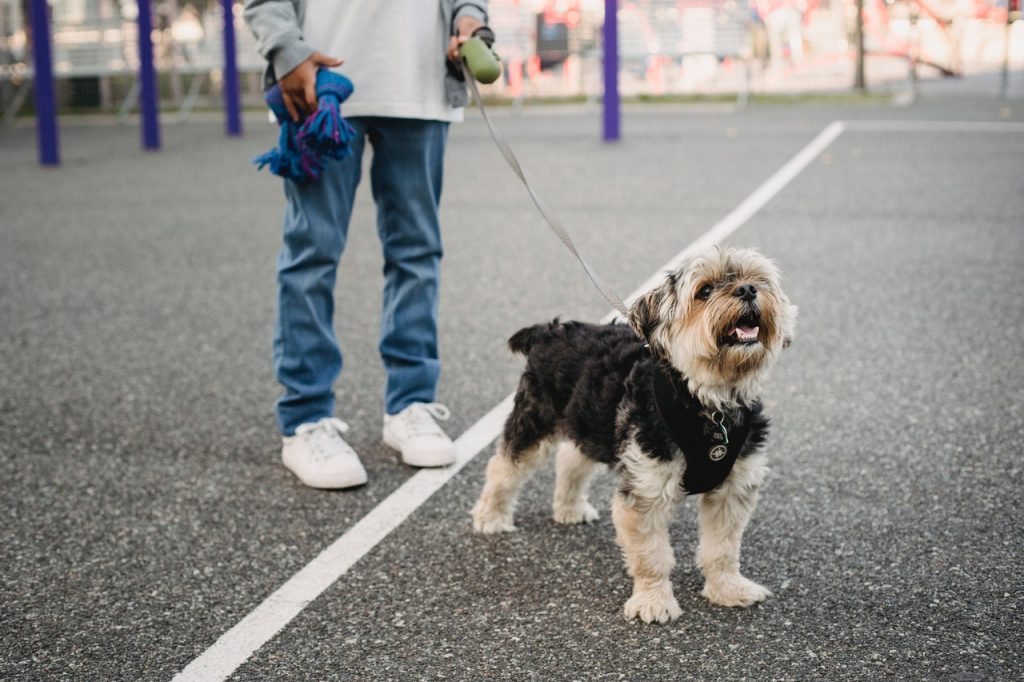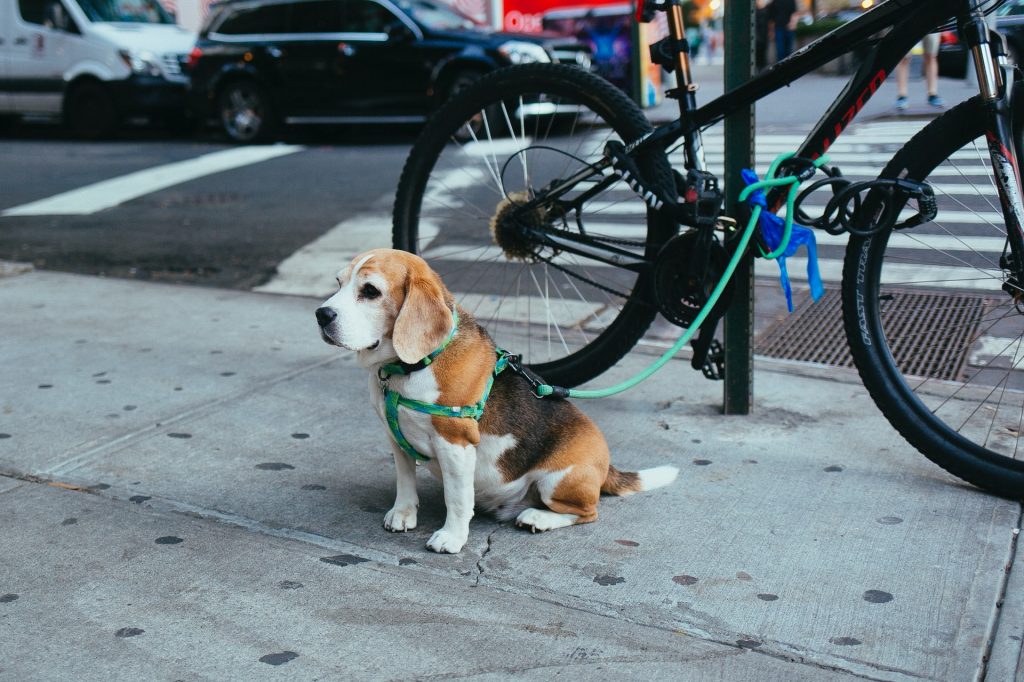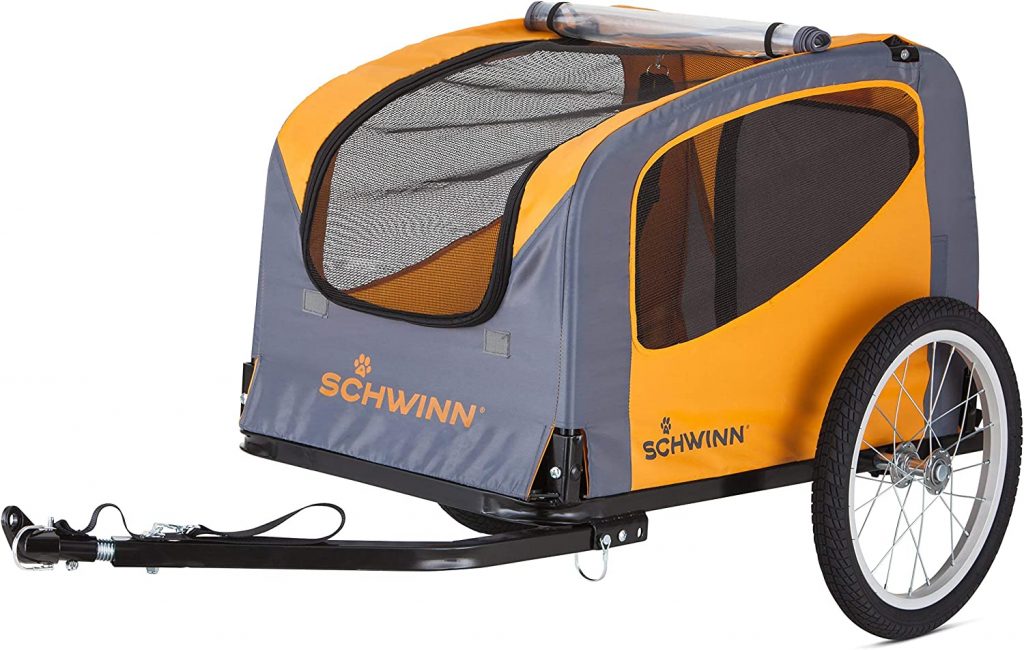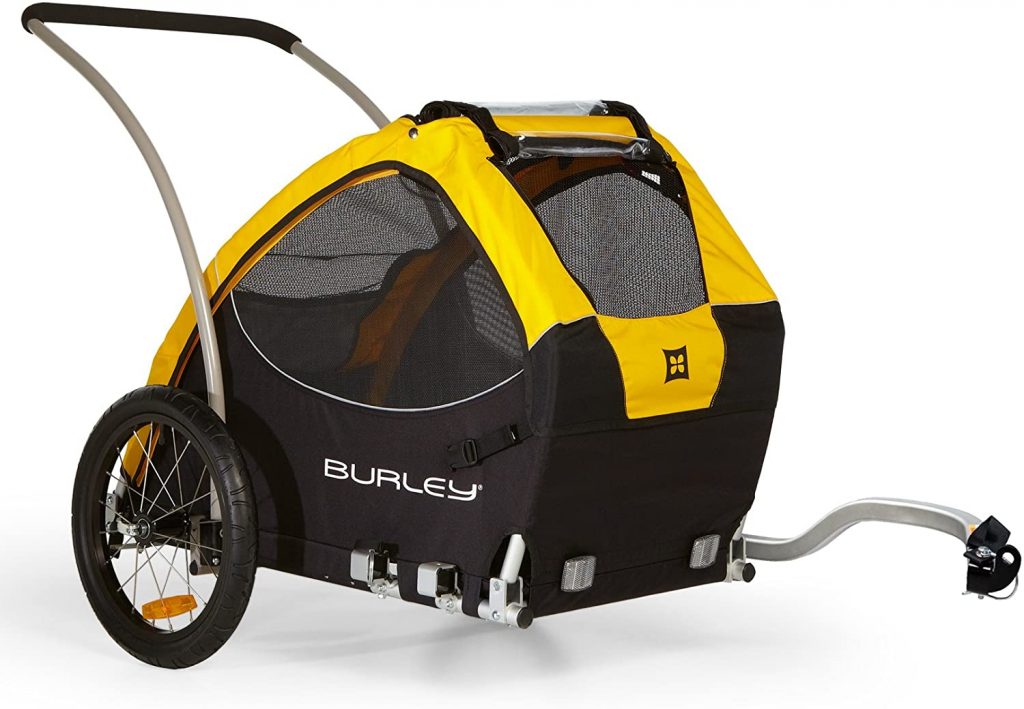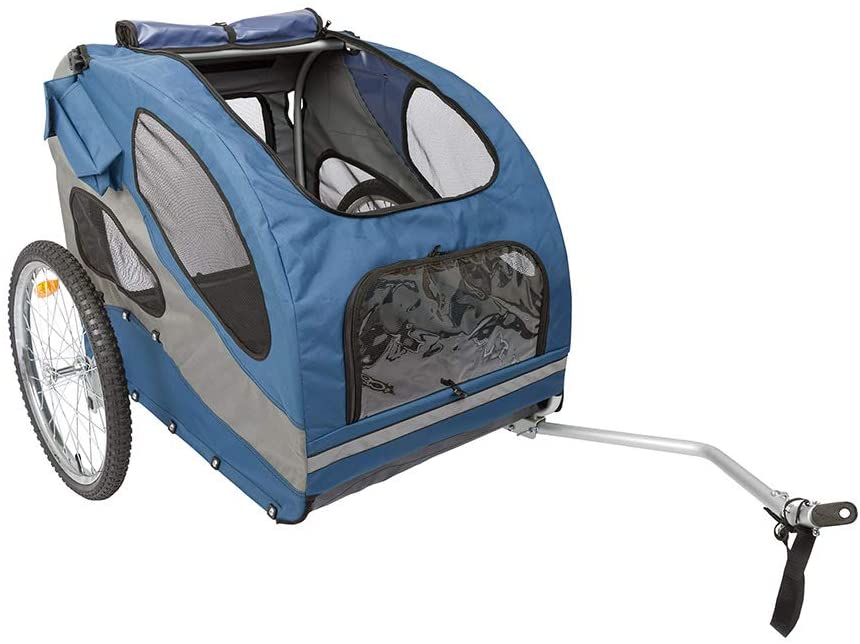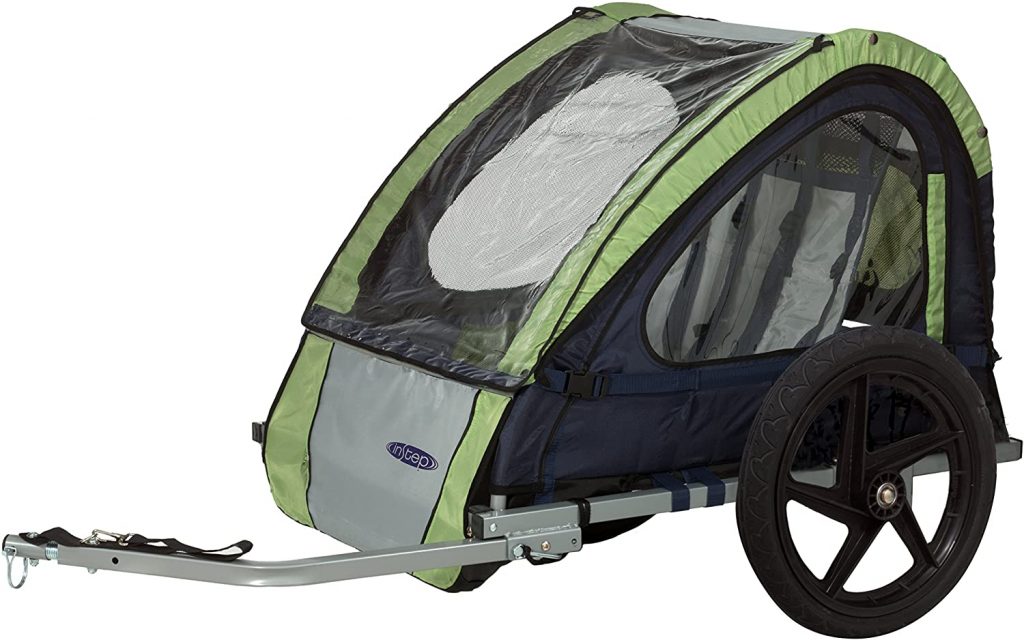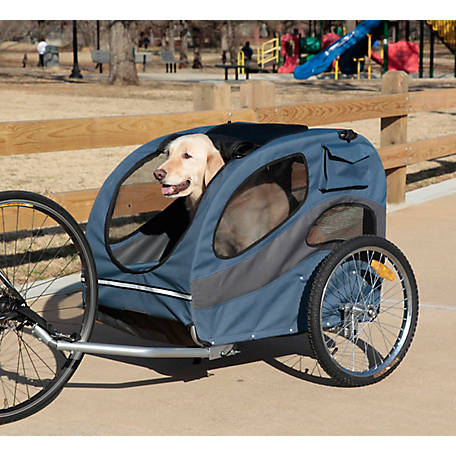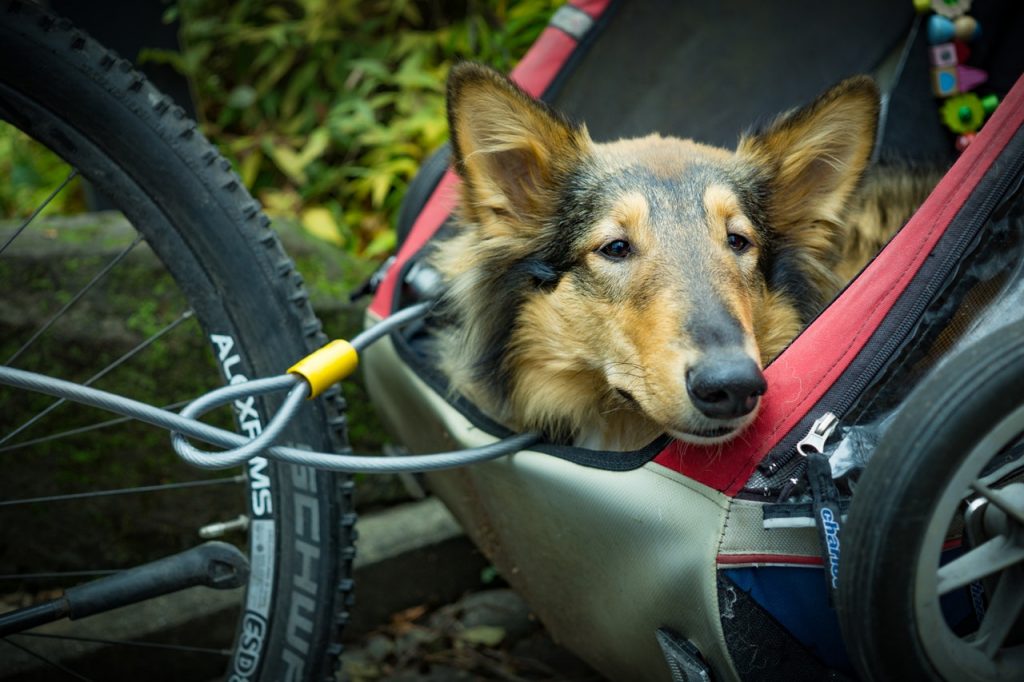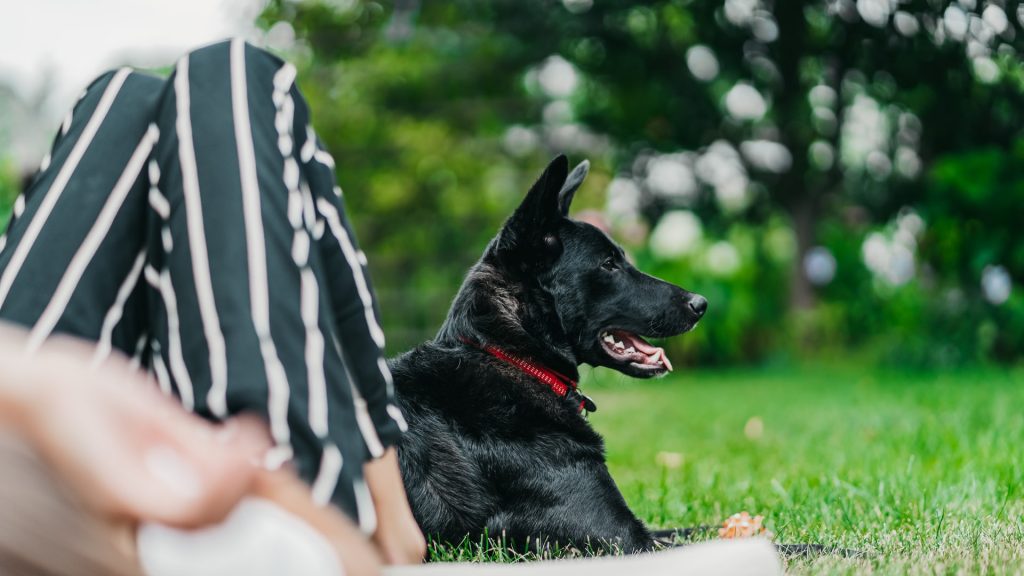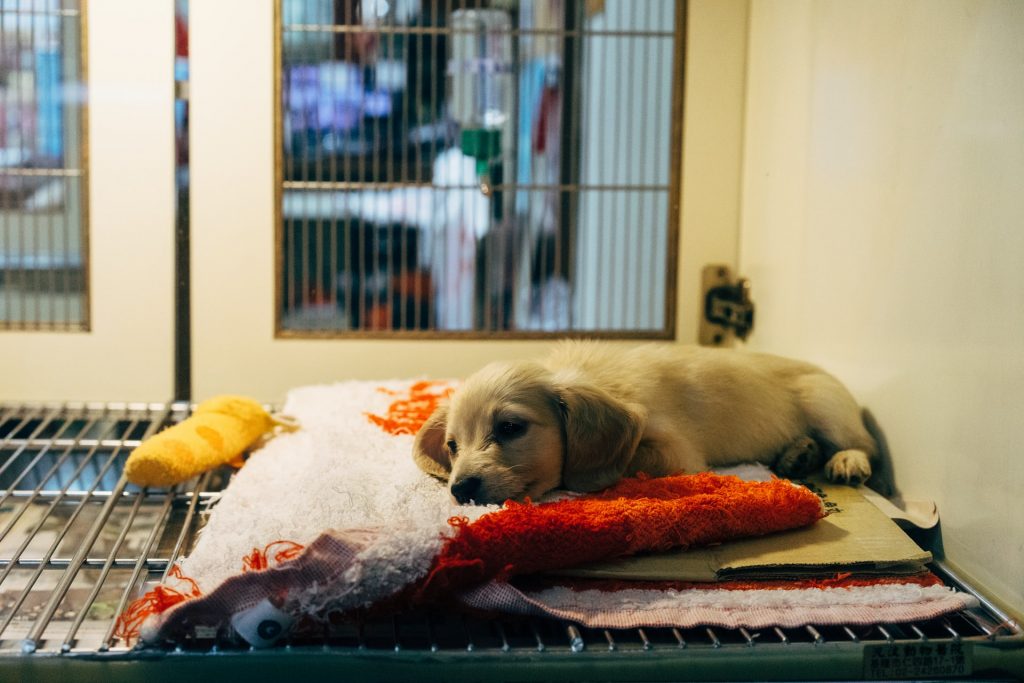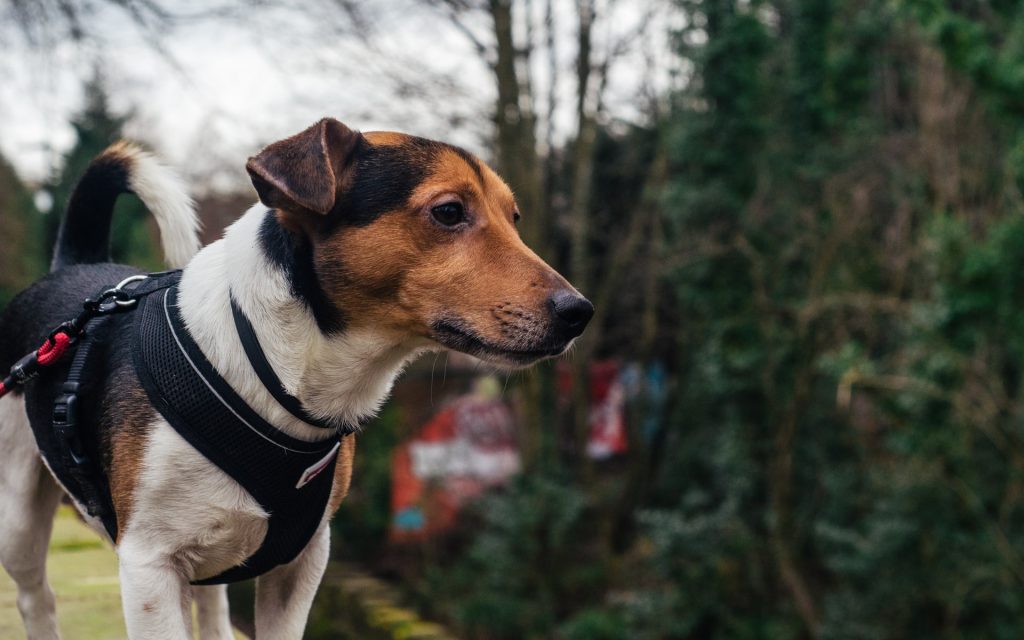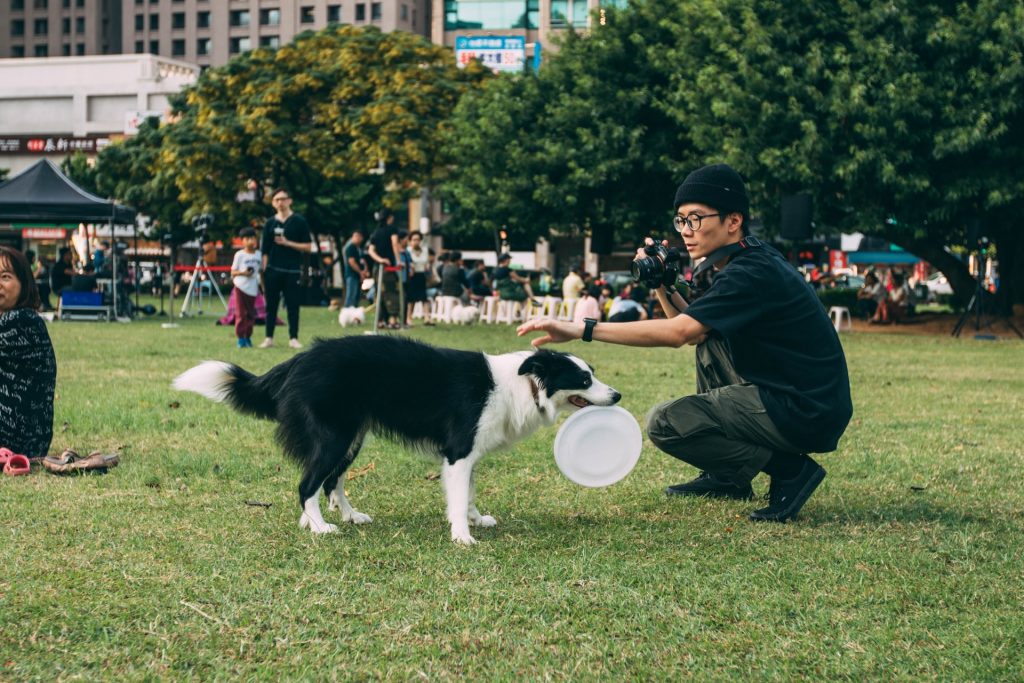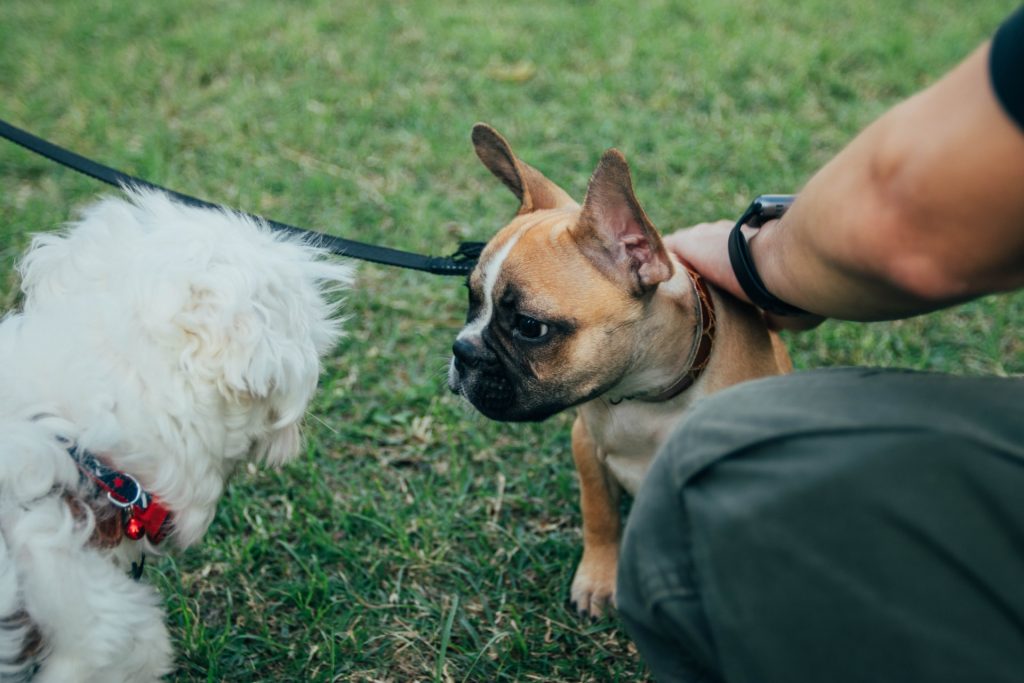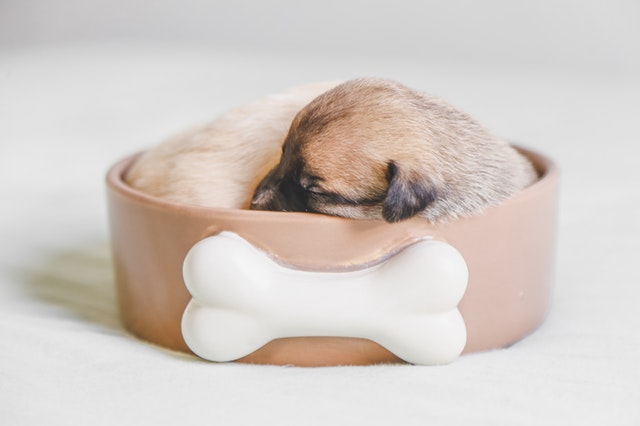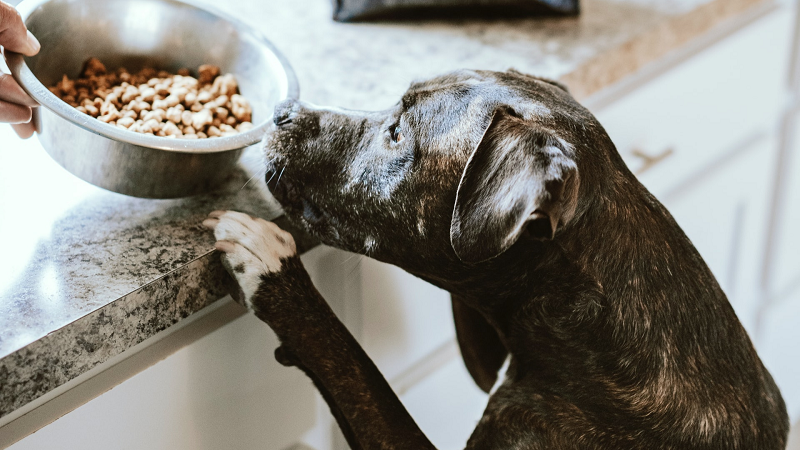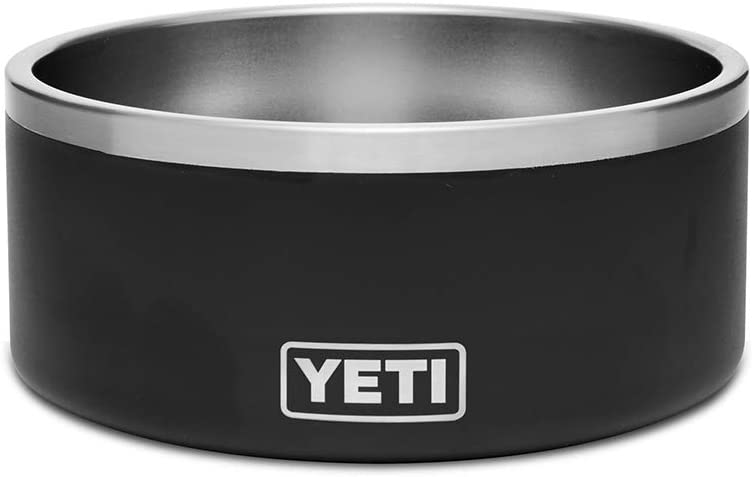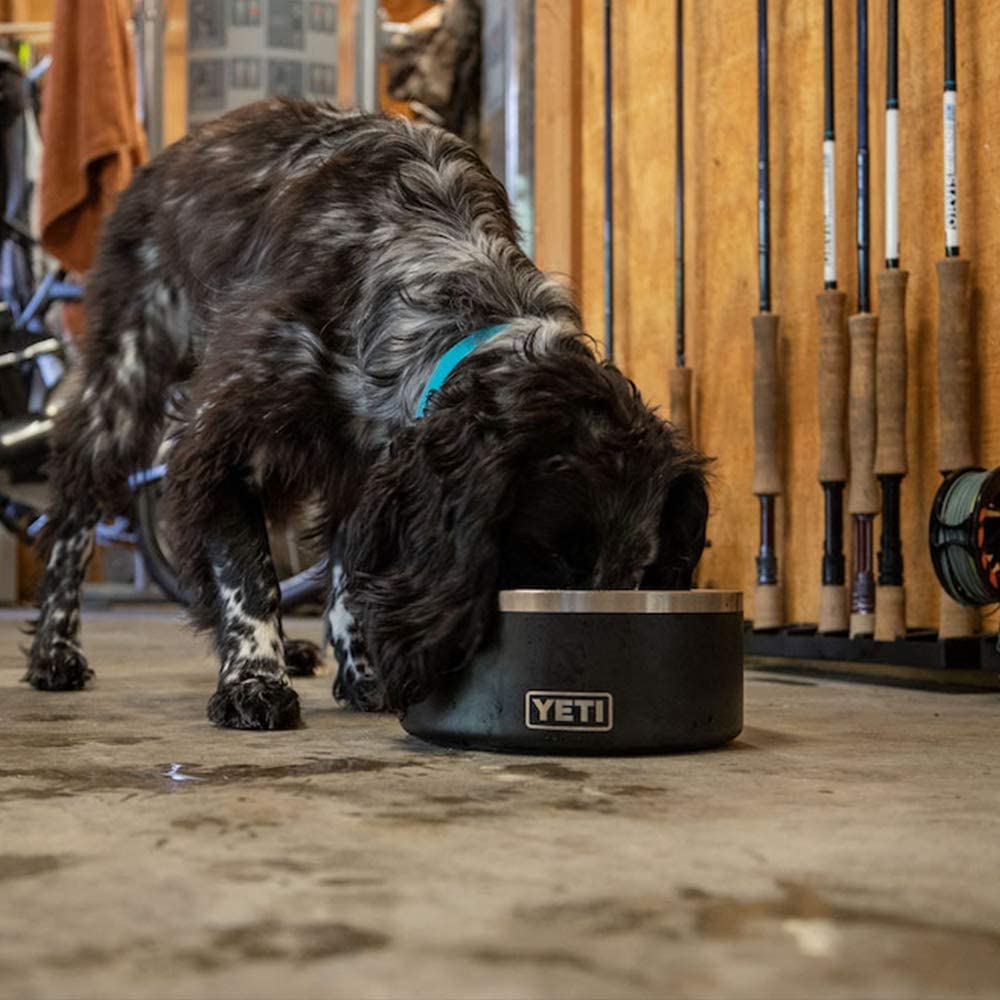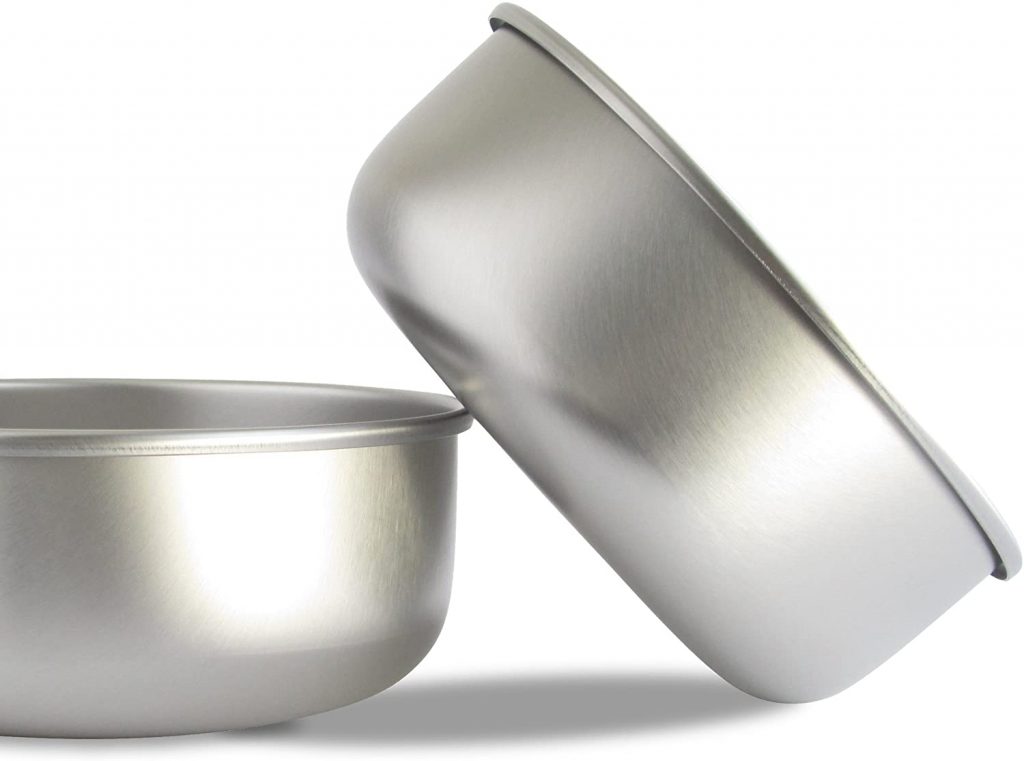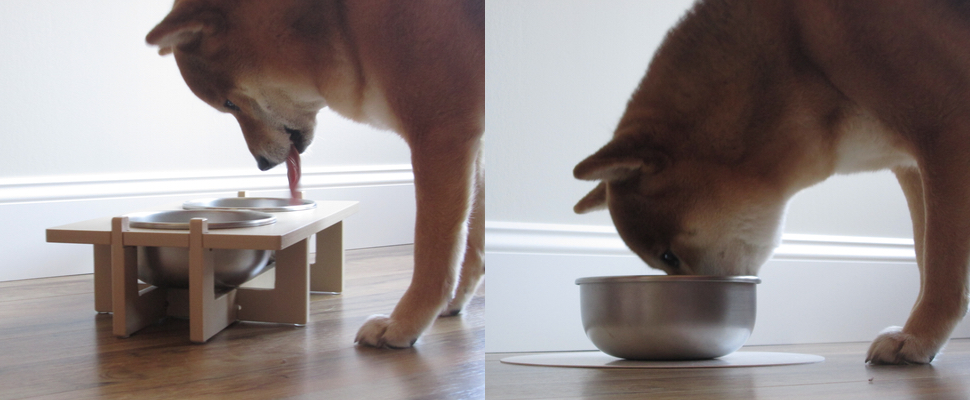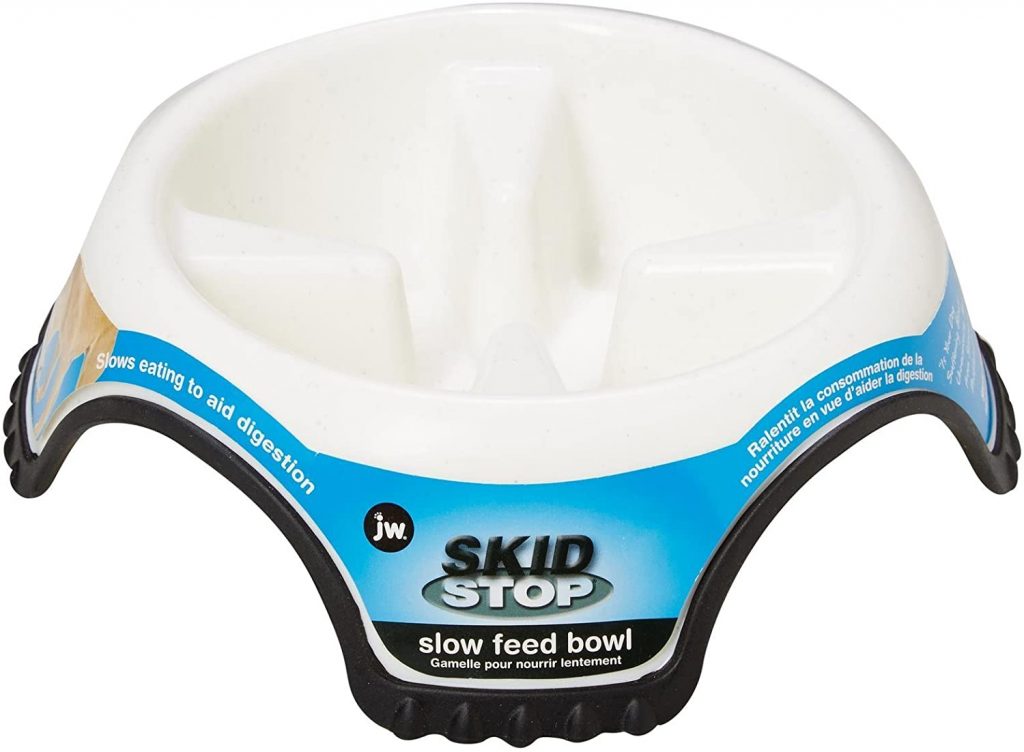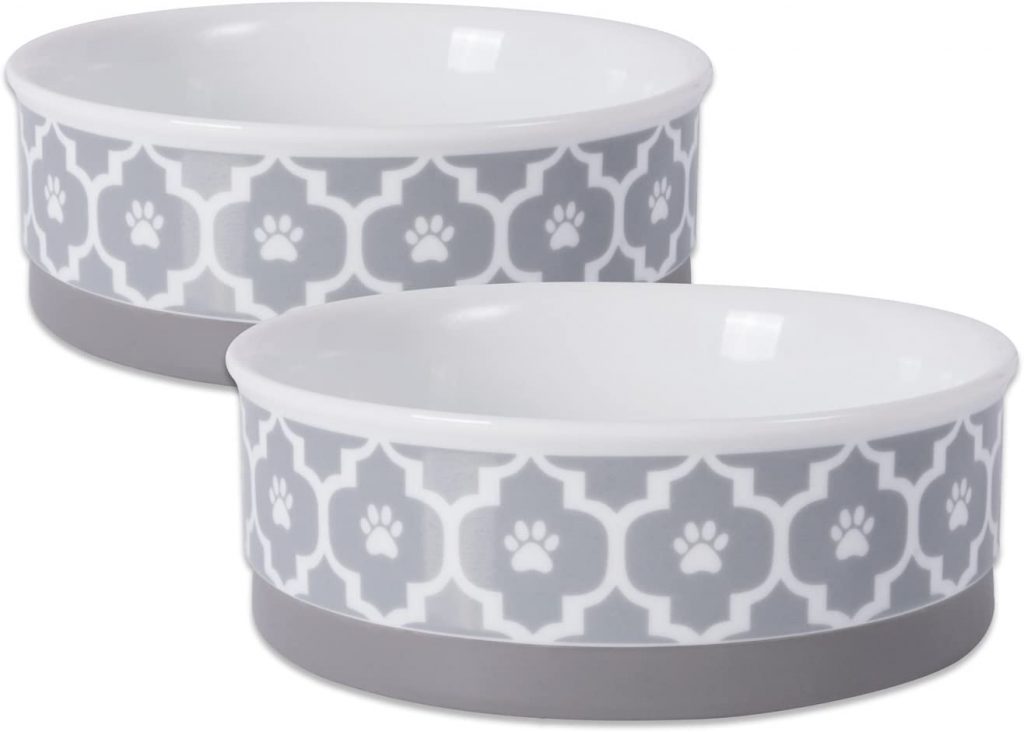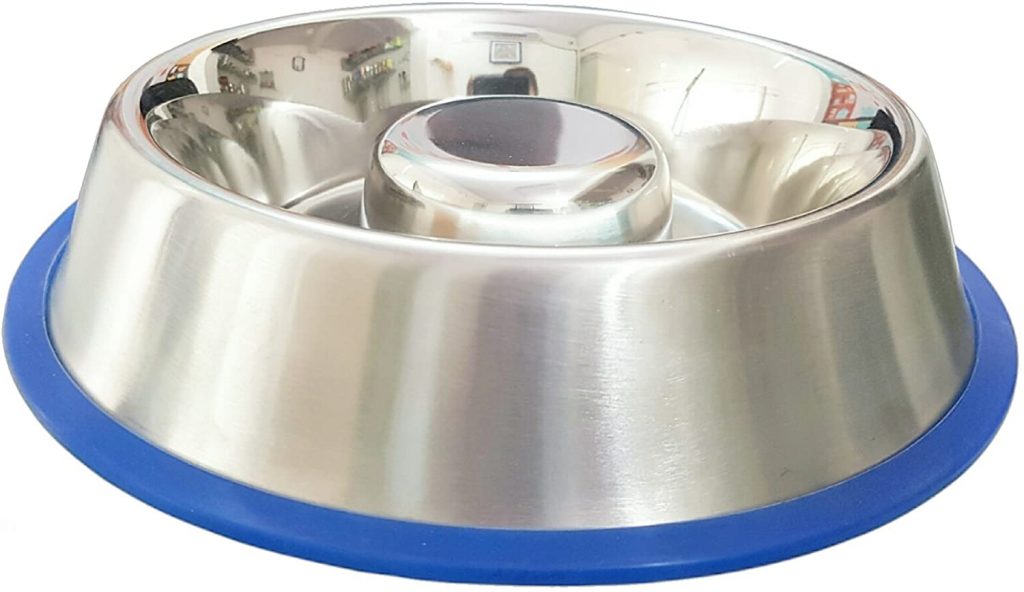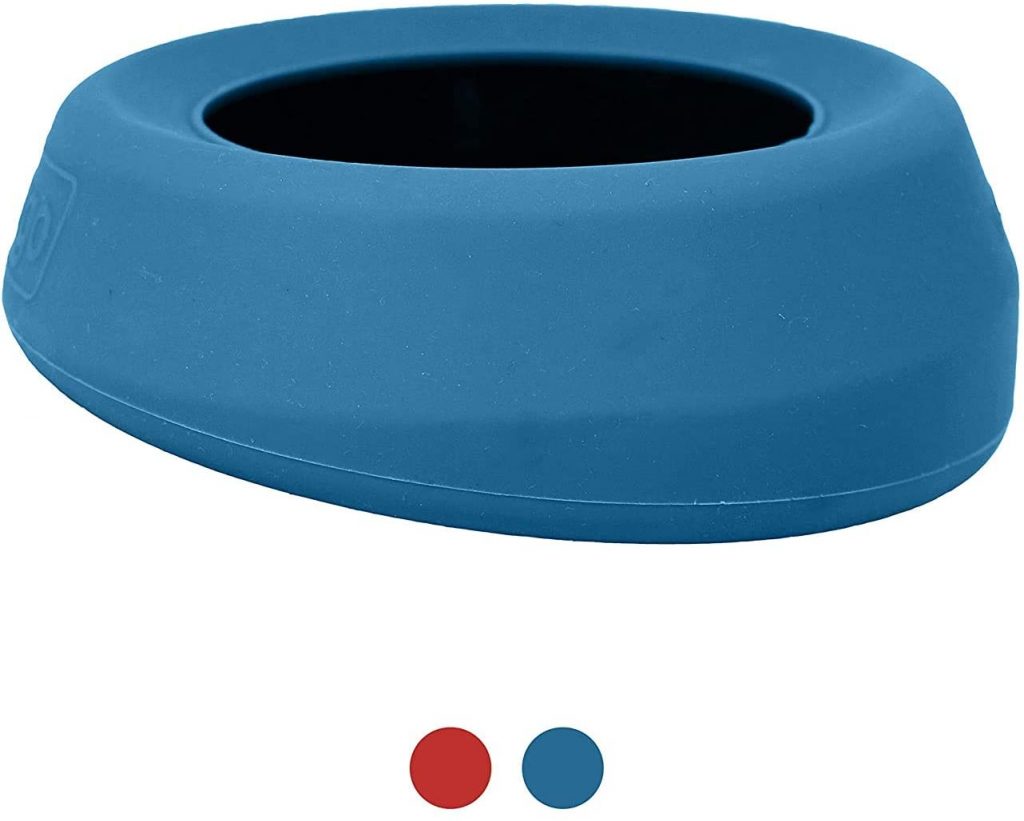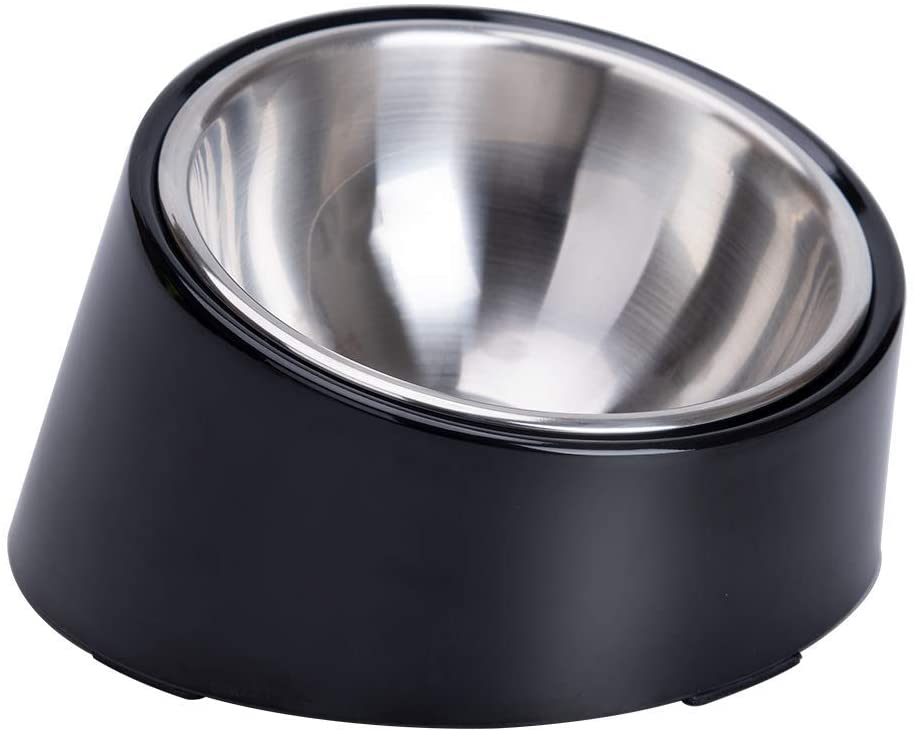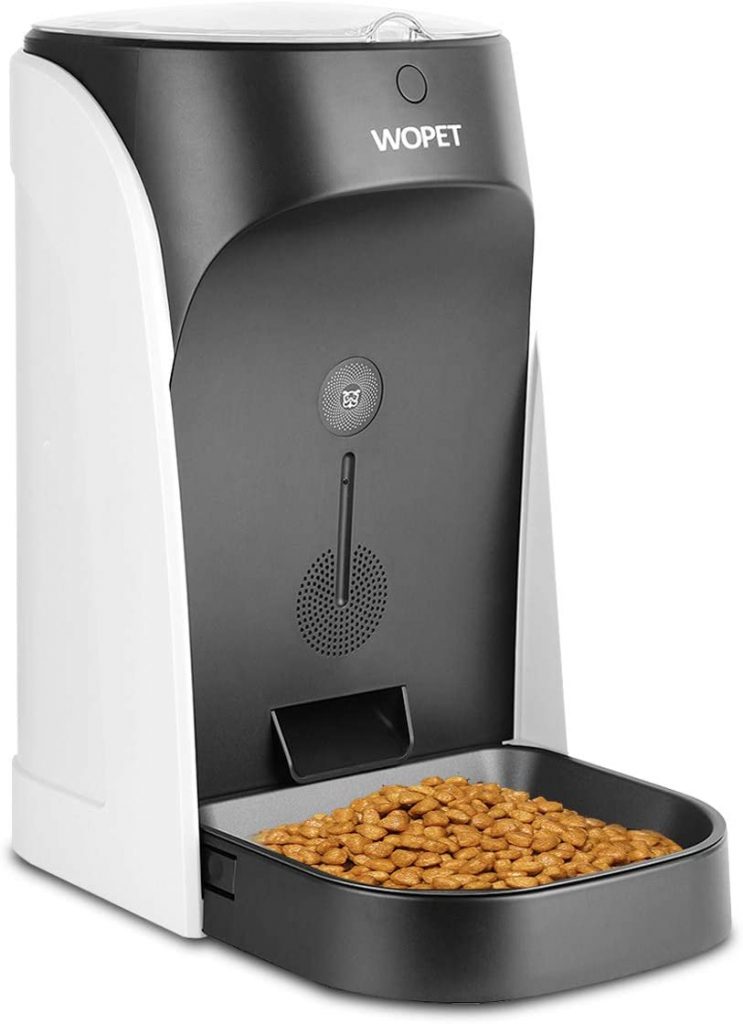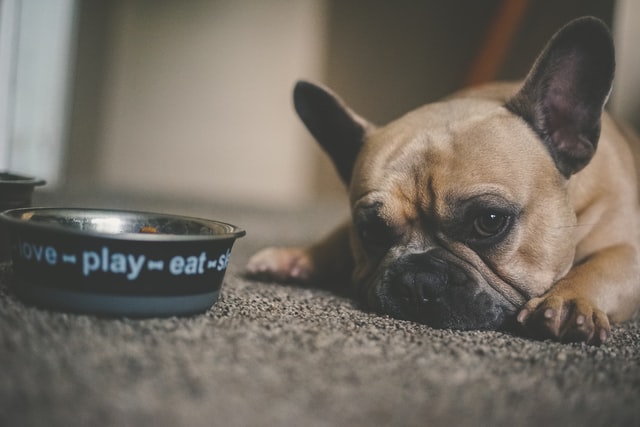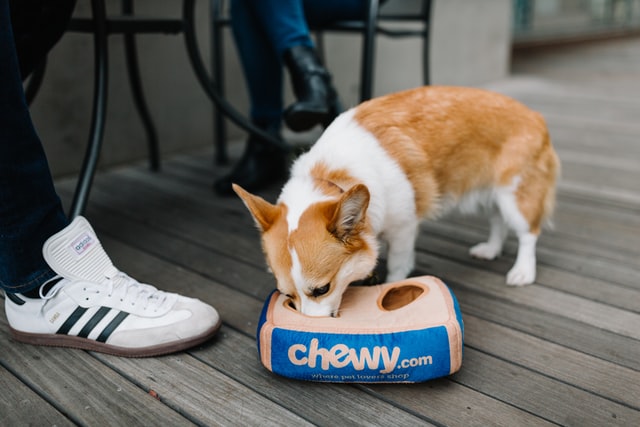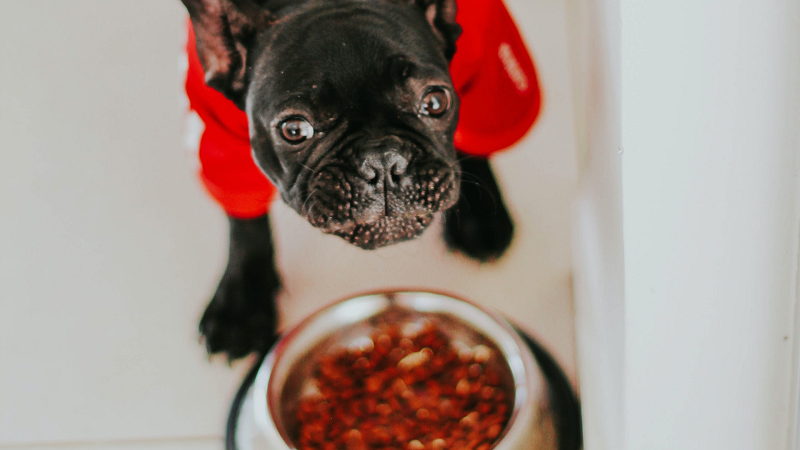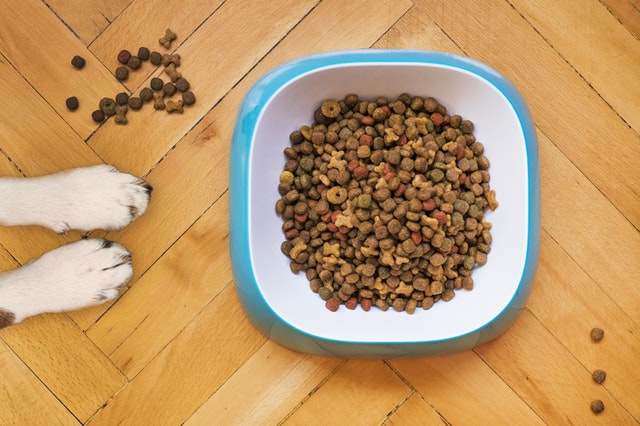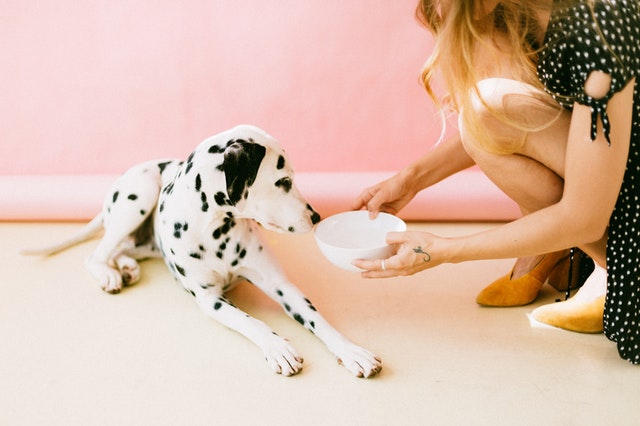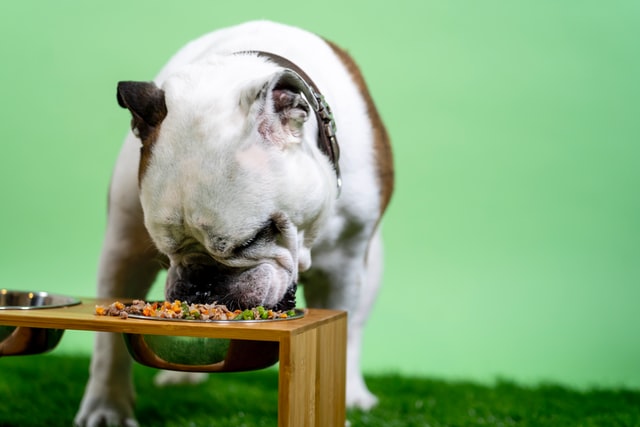
After a long cold winter, nothing sounds better than the heat of the summer! I know I am excited for all of the outdoor activities I can do with my dog in the summer months, but it is important to be careful on those hot days. Dogs have a hard time regulating their body temperature because they don’t sweat like humans do. Their paws sweat a little bit, but the majority of their heat is let out by panting. So if you are planning on hiking, hitting the beach, or even just walking your pup around the neighborhood this summer, it’s good to know how to help them cool down.
The top 8 ways to cool down
1. Have a drink! Dehydration can be a real danger in the summer. Always make sure your dog has access to water. If you’re going to be outside with them, bring water with you and make sure to take plenty of water breaks. Pro tip: dogs are more likely to drink water if it’s cold!
2. Cool off in the shade. If you’re dog is overheating, find some shade for them to relax in. Try finding or creating a shaded area ahead of time if you know that your dog is going to spend time outside. A tarp draped over some outdoor furniture or tied between trees makes a great makeshift shelter!
3. Splash around in some water! Set up a baby pool for your pup to hang out in, spray them with the garden hose, or play in a sprinkler. Water helps cool down your dog and is an absolute blast! Make sure you always keep an eye on your dog near the water. It can be dangerous to leave them unattended.
4. Create a cool room. Dogs will naturally seek out the coolest area of your house when they’re feeling hot. This is why you often see them flopped out on the cool tile of your kitchen or bathroom. You can make that space even more inviting for your dog to relax and cool down with a fan or a cooling rug.

CoolerDog Hydro Cooling Mat
Our recommendation
Try this cooling mat in your dog’s cool room or on the go! No toxic chemicals, machine washable, and long-lasting? This is a summer solution that you and your pup can get behind.
5. Wrap your dog in a damp towel. If your pup is too hot, you can wet a towel with room temperature water and wrap them in it. It’s important not to shock the system with water that is too cold!

6. Feed your dog something cold. To help your pup cool down, try giving them some ice cubes or a frozen treat to cool down their mouths and stomachs. You can even make your own pupsicles! Just
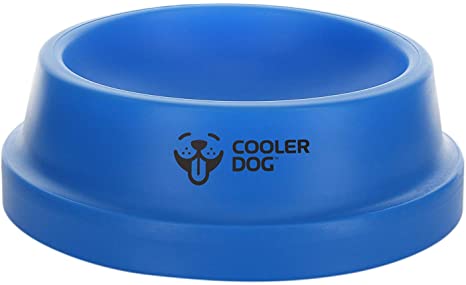
CoolerDog Freezable Dog Bowl
Our recommendation
This freezable dog bowl will keep water cold for up to eight hours! Your dog will be sipping on a refreshing drink long after you leave the house.
make sure you aren’t feeding your dog human popsicles because they can make them sick.
7. Ice packs and freezable dog toys. A little cold goes a long way. Having something cold nearby to play with or lay near can help your pup stay cool on the hottest days. Just be careful to use ice packs that your pup won’t chew through! Many ice packs have poisonous chemicals inside.
8. Regular grooming can help dogs with long coats stay cool. Do not shave your dog for the summer. This can expose your dog to dangerous sunrays which can cause sunburn or skin cancer. It can also remove important insulation that actually protects them from the heat. Instead, give your dog a little trim for the warmer months and make sure to brush them often to get rid of excess fur.
Tips for getting in your exercise
Dogs still need to get outside, even in the height of the summer!
- Adjust your walk times. The hottest part of the day is mid-afternoon, so walking your pup early in the morning and in the evening can avoid the worst of the heat
- Stay in the shade. Make a point to stay on the shaded side of the street to avoid direct sun
- Bring water. If your dog seems to be getting hot, take a break and give the some water
- Avoid dark pavement. Pavement can heat up very quickly in the summer and can be painful on sensitive paws
- Set a slow pace. There’s no rush! Take your time and enjoy the nice weather
- Take shorter walks. Keeping walks short can keep your dog safe
- Skip the traditional walk. Exercise by playing in the shade or in a sprinkler instead.

How hot is too hot?
If it is too hot for you, it is too hot for your dog!
It is always too hot to leave your dog in a parked car, even if it is in the shade with the windows down. A 60 degree day can easily climb to dangerous temperatures in a car.
Signs of heatstroke
If your dog overheats, they can be in danger of heat exhaustion or heat stroke. If your dog shows any of these signs, bring them inside to a cool room and take their temperature with a rectal thermometer. Temperatures between 103-106 degrees Fahrenheit indicates heat exhaustion. A temperature above 106 degrees is heat stroke. If you suspect that your dog has heat stroke, contact your vet immediately.
Warning signs
- Your dog is unsteady on their feet
- Excessive panting
- Check inside your dog’s mouth. If they have bright red or blue gums, they may not be getting enough oxygen.
- Your dog is drooling more than usual and has thick and sticky saliva.
- Pull gently at the skin behind your dog’s neck and let go. The skin should bounce back to where it normally falls easily. If it stays raised where you pulled it, your pup may be dehydrated.
- Your dog is not responding to their name
- More serious symptoms may include collapsing, seizures, vomiting, or diarrhea.
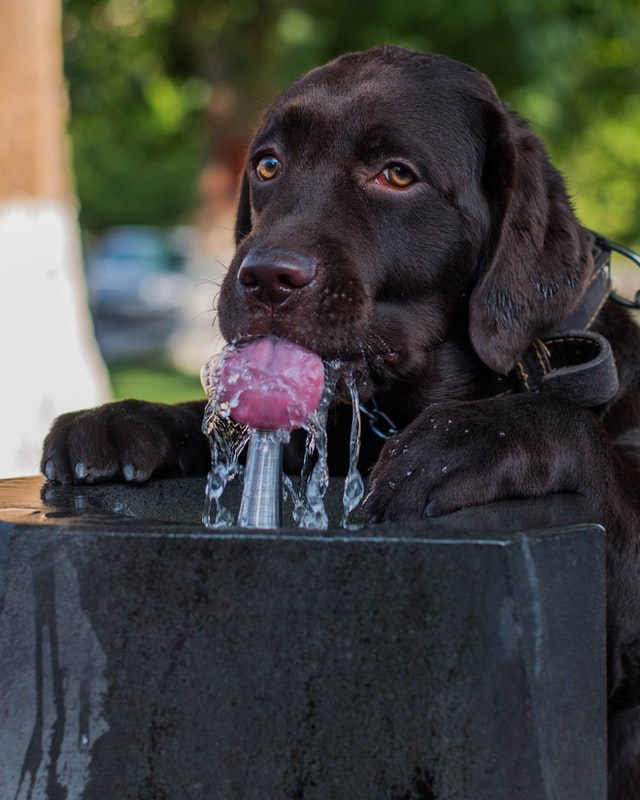
What to do if your dog’s temperature is too high?
If you take your dog’s temperature and it is over 103 degrees, you should begin efforts to cool them down. If it is over 105 degrees, you should start cooling them down where you are if at all possible before bringing them to see a vet. Here are some tips to help cool down in dangerous situations.
Wet your dog’s tongue. Sometimes, when a dog is really dehydrated or exhausted, they won’t drink. Do not try to force your dog to drink if they do not want to. Simply wet their tongue to help them to cool down.
Do not cool them down too quickly. If you are using wet rags to cool down your pup when they are suffering from heat exhaustion or heat stroke, always use room temperature water.
Stop when you get their temperature to 103 degrees Fahrenheit. Keep checking your dog’s temperature and when you get it down to 103, stop your cooling efforts and let your dog’s body do the work.
Call your vet. We cannot overstate this. Call your vet if you suspect that your dog may have heat exhaustion or heat stroke.
High risk dogs
- Older dogs and dogs with health issues can have difficulties regulating their temperature. They also can become exhausted from small amount of activity. Keep walks short and sweet and stop often for water.
- Breeds with flat faces are also more susceptible to the heat.
- If your dog has a heavy coat, they have likely been bred for colder temperatures. That built in blanket that is so great in the winter can be a serious obstacle to summer fun.
- Overweight dogs have an extra layer of fat keeping them warm.
- Working dogs can get so focused on a task and will forget to take breaks. It’s extra important that if your dog is athletic, you enforce water breaks even if they don’t appear tired.


